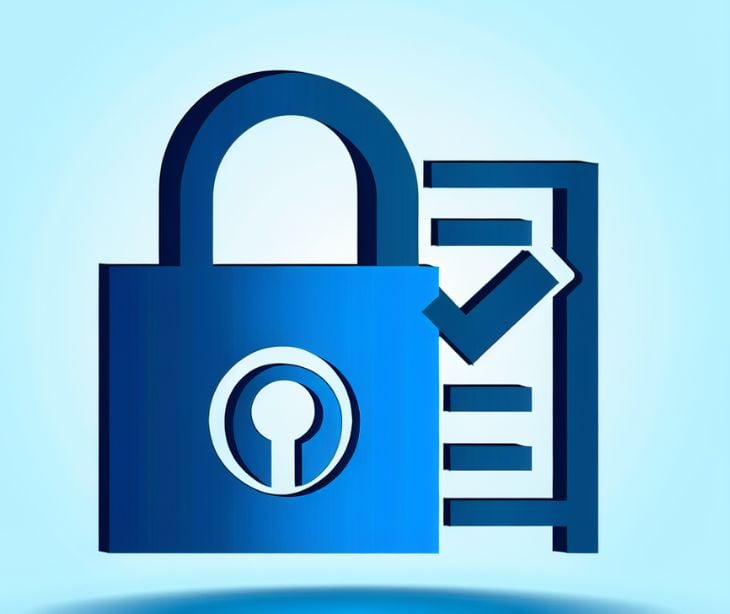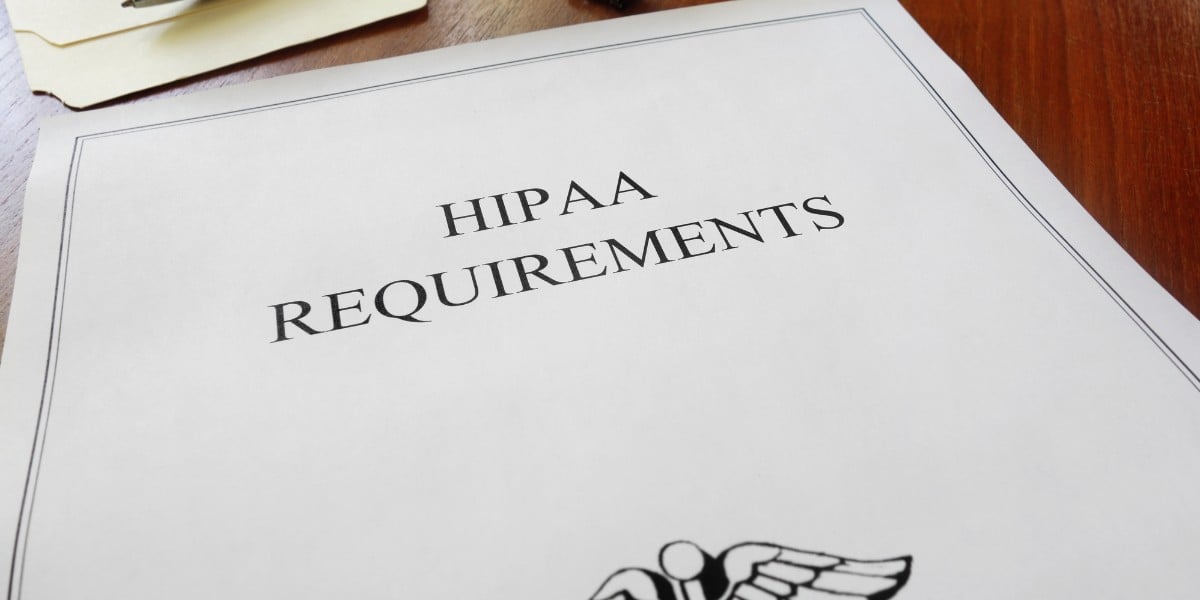2 min read
What are HIPAA's administrative simplification provisions?
Liyanda Tembani
August 09, 2023

HIPAA's administrative simplification provisions consist of four elements:
- Transactions and code sets
- The Privacy Rule
- The Security Rule
- The Unique Identifiers Rule
Why administrative simplification was needed
Before the introduction of HIPAA, the U.S. healthcare system was a patchwork of state regulations with varying degrees of patient data protection. The lack of a standardized approach led to inefficiencies in data exchange, increased costs, and potential breaches of patient confidentiality. Medical records were often stored in paper format, making them susceptible to loss, theft, or unauthorized access.
As the healthcare industry began transitioning to digital systems, there was a pressing need for a unified regulatory framework. This backdrop set the stage for the introduction of HIPAA's administrative simplification provisions, aiming to streamline healthcare transactions and bolster data security.
1. Transactions and code sets
HIPAA mandated using standardized electronic formats and code sets for common healthcare tasks, such as claims submission, eligibility verification, and payment processing. This standardization has improved efficiency, reduced costs, and minimized errors in healthcare transactions. Standardized formats ensure that healthcare providers and insurance companies can interact seamlessly, facilitating quicker reimbursements.
Learn more: HIPAA's Transaction and Code Sets Rule
2. Safeguarding patient confidentiality
The Privacy Rule establishes national standards for protecting individually identifiable health information, known as protected health information (PHI). Covered entities must adhere to these rules to ensure patient privacy. The Privacy Rule gives patients greater control over their health information, allowing them to access their medical records, request corrections, and authorize or restrict the use and disclosure of their PHI.
3. Ensuring data protection
The Security Rule complements the Privacy Rule by setting security standards for electronic PHI (ePHI). Covered entities must implement administrative, physical, and technical safeguards to protect ePHI from unauthorized access, use, or disclosure. Healthcare organizations must use encryption, access controls, HIPAA compliant email communication, and regular risk assessments to protect electronic health records, preserving patient confidentiality and ensuring the integrity and availability of crucial healthcare data.
4. Simplifying healthcare identification
HIPAA's Unique Identifiers Rule mandates using standardized codes to identify healthcare providers, health plans, and employers involved in healthcare transactions. For healthcare providers, the national provider identifier (NPI) simplifies communication and transactions across the industry. Using unique identifiers streamlines administrative processes, reduces errors, and enhances the accuracy of patient data.
HIPAA's administrative simplification provisions have transformed the healthcare industry. Through standardized transactions, enhanced privacy and security measures, and unique identifiers, healthcare processes have become more efficient and secure.
Challenges in implementation
While HIPAA's administrative simplification provisions were designed to enhance efficiency and security, their implementation isn't without challenges. Healthcare entities, especially smaller practices, often grapple with the financial and technical demands of HIPAA compliance. Training staff to understand and adhere to the new regulations became a significant undertaking. Additionally, the intricacies of the provisions sometimes lead to confusion, with organizations unsure of how to interpret rules. Balancing the need for quick access to patient data with stringent security measures also poses dilemmas for many providers.
Do HIPAA's administrative simplification provisions impact telemedicine?
With the rise of virtual healthcare, the secure transmission of patient data over the internet has become paramount. HIPAA's provisions ensure that telemedicine platforms maintain the same level of data protection and confidentiality as traditional healthcare settings.
Related: How does HIPAA apply to telehealth?
Subscribe to Paubox Weekly
Every Friday we'll bring you the most important news from Paubox. Our aim is to make you smarter, faster.



